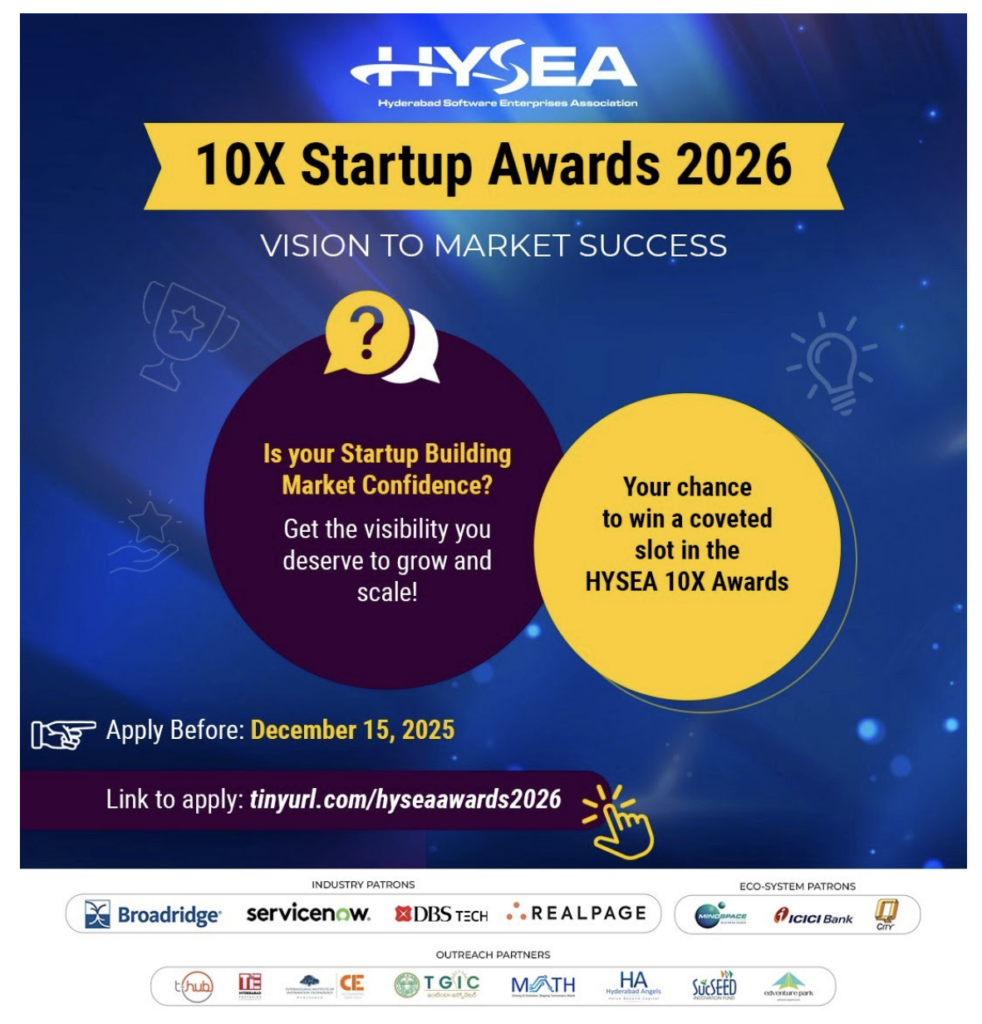
Corporate Innovation is one of the high decibel buzzwords on the innovation landscape. Today corporates needing to innovate is a foregone conclusion. We don”t see the value of debating the question.
Corporations are successful for a reason. They have defined their markets, created capabilities, have specific products and services that customers love. Their go-to-market strategy is clear. The pricing works and the marketing is buzzing.
However, at the same time, things ossify. The baseline starts with a strong acknowledgement that corporates are stymied by their size, organization structures, hierarchy, bureaucracy, satisfying wall-street (for those listed) and many times having a Qtr-to-Qtr approach ensuring the street is happy and the stock does not tank. There are very few corporates who can ignore the pressure from investors and tactical Quarterly goals management as opposed to building whatever is right for company”s long term.
Why is this important? If you look at the S&P 500 Index the average life of a corporation on the Index has changed from 61 years being on the Index to 15 years and shrinking. It means what we see as huge and unbeatable organisations are becoming irrelevant. The second aspect is the increasing challenge of exponential technologies and the decreasing shelf life of business models. A third aspect is the changing nature of the customer.
In this context, large companies today are cognizant of the fact that they can”t rely on their internal engine for building all their products, solutions and expect to be ahead of the game in the cut-throat marketplace outside. Today CXO” of large companies have come to realize that they can”t be doing the same thing over and over and expect customers to pay tons of money or even continue to be their customer, given the slew of options that every customer today enjoys. Customer relationship only can take the boat that far. Today everyone wants to cut cost and have an edge in whatever marketplace they operate in and everyone wants to innovate at a very fast clip.
Now that we have set the context – for why large corporates need to and are trying hard and seriously to innovate – lets explore what are the potential ways to do that.
Let”s look at what are the options that large companies have today and how can they embark on this journey – based on their leadership support, internal culture, industry they operate in etc. In the true spirit of re-use and now re-invent, let”s use the Innovation Matrix put out by Vincent Pirenne of Board-Of-Innovation. The innovation matrix has been well thought out and provides a visual way to look at how companies can embark on their innovation journey based on – where they are, where they are headed, how aggressive they want to be, and whether the focus is on internal vs external etc.
Let us walk you through the innovation matrix and let”s start on the right most column (which says internal). The 3 boxes from the bottom indicate how a corporate can start small with a Innovation Workshop and work their way up creating a Community of Practice and then eventually to a Centre of Excellence. This would be totally internal focussed approach and building a culture of innovation to internal engineering and other functional teams. This approach helps large corporate take thought leadership position in certain areas, domains, function if they get to a fully functional and working Centre of Excellence. This is a hard one but still sits in the traditional model of innovation.
The middle column is now pushing the boundary of innovation to the next level where business units or organizations now take slightly larger bets. Here, either it could be about doing a new product initiative and carving out a small team to hack at it and slowly build it and showcase to senior management (before it gets a buy-in for full build out) OR it could mean the business head is able to keep aside some manhours and budget and let teams accelerate a certain product or a solution vector.
This requires going beyond current product and business models to new and emerging business models. This is not easy if you know how corporates work and the challenges to be able to put effort and energy which is neither on the roadmap and there is no guarantee of uptick. The ability to move fast, agile and being adaptive is critical in this middle column of design sprints, internal accelerators and creating new & emerging business areas.

The last column (left most) is the final frontier for companies who are now matured enough and have done enough internal innovation to understand and appreciate the value of what innovation can do for large size companies. The maturity here is understanding Joy”s Law – no matter who you are, most of the smartest people work for someone else. This means going beyond the boundaries of organisation.
The key elements on this level of maturity are about working with external innovation institutions – which could be either incubators, university R&D wings, research laboratories, startups or other corporates. It”s not easy to kickstart that for obvious reasons and will seem chaotic at first when the interactions begin. In some cases it is because the incubation institutions are almost on the opposite side of the curve, where they are not hung-up around process and procedures, timelines are not the topmost priority and almost work in a free environment focussing fully on whatever they are doing – which is either deep research on a technology or building a technology startup that”s trying to create a new way to disrupt existing mechanism or players.
We have highlighted here a range of ways you can do innovation along the continuum of internal to external and different kinds of commitments and capabilities.
In a series of follow up articles, we would like to expand on a few of these and showcase examples from our work and around the world. Stay tuned.
This article originally published here: https://www.entrepreneur.com/article/305950
About Rama Iyer:
Rama is SVP and Head of Corporate Innovation for T-Hub. T-Hub is India” largest startup incubator and is on its way to becoming the world”s largest incubator in a year. Rama is very passionate about helping corporates innovate and help them build a culture of innovation internally and also bring external innovation to the table. He has been associated with startups for a decade and also spent time with large corporates like – Polycom, Cisco, Motorola, Ericsson, Nortel & TCS.
About Suhit Anantula:
Suhit is an Impact Strategist, Facilitator, Mentor & Lecturer. He is based out of Australia and is a Partner and lead with Business Model Inc. Suhit works at the intersection of entrepreneurship, design and social sciences with a focus on social change. His focus is to solve adaptive social challenges and is a consultant and facilitator for innovation, business models and strategy. He is also an Industry Fellow at the University of South Australia.








